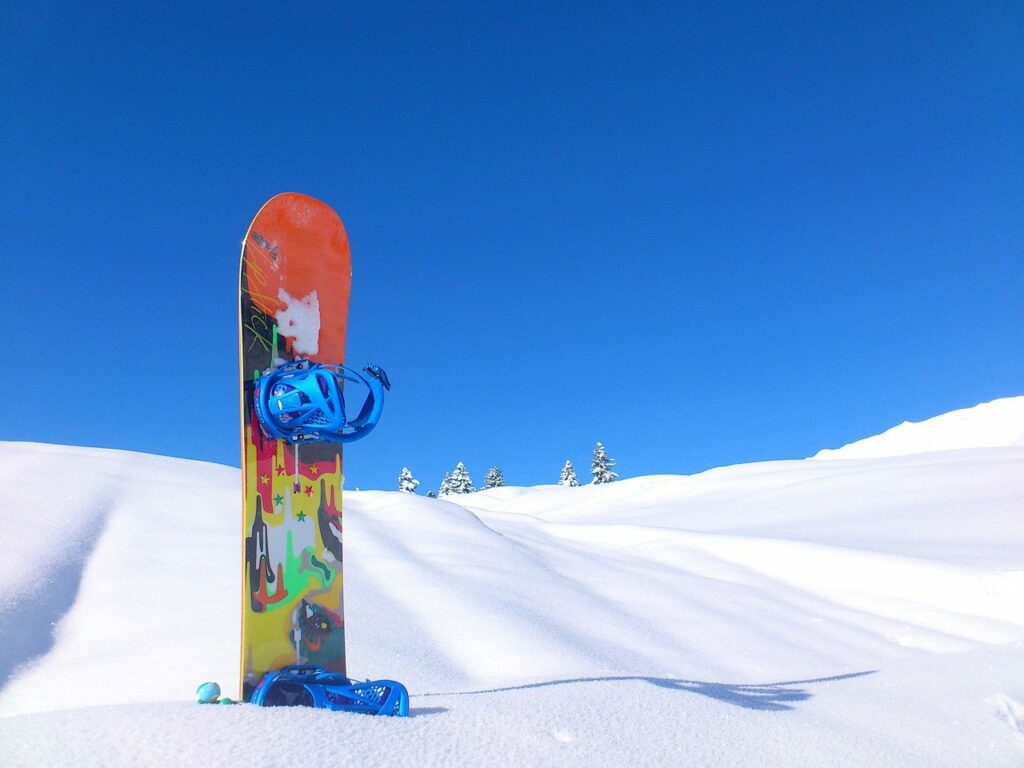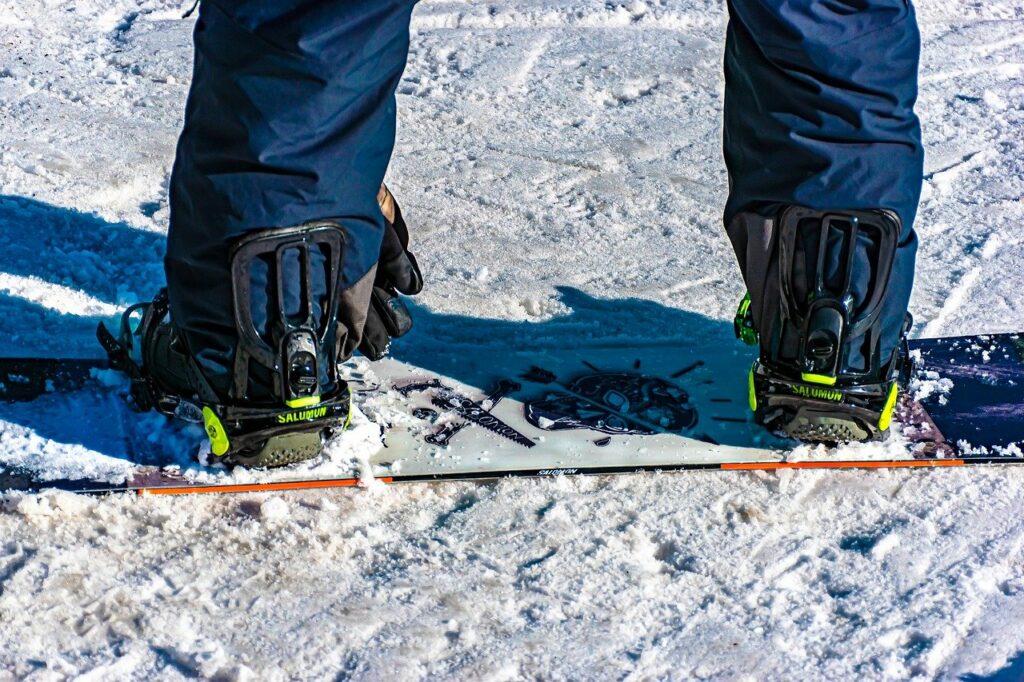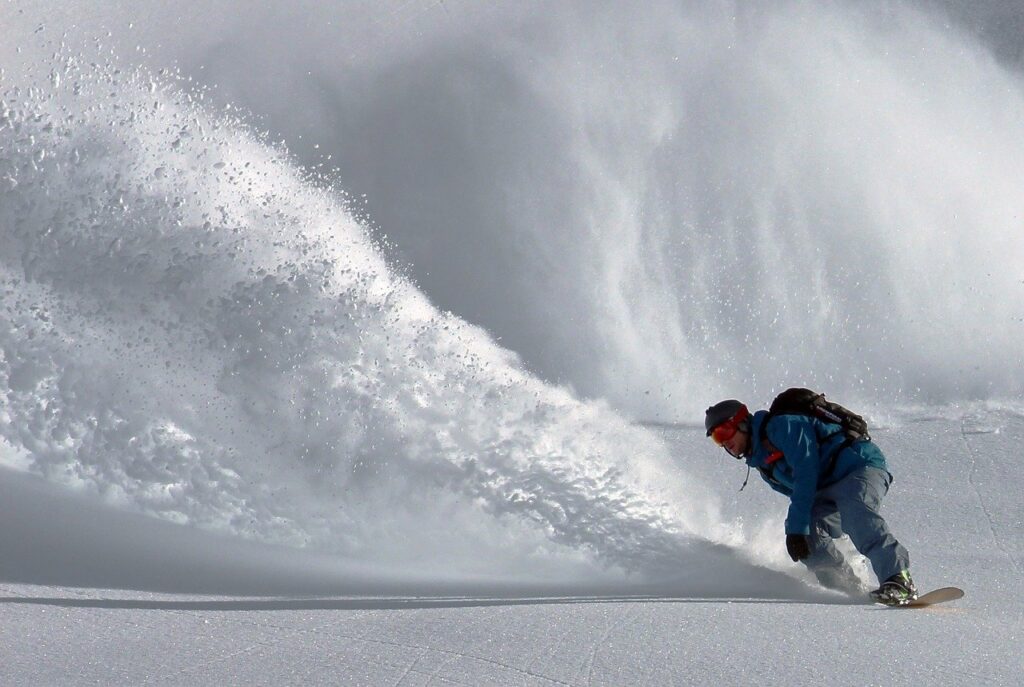How To Get Started With Kayaking 3
Naturalists and outdoor lovers are continually looking for new ways to explore nature and spend more time outside. If you’ve tried canoeing, paddle boarding, sailing and jet skiing, now’s the time to try kayaking.
This sometimes thrilling but often serene water sport will give you a stellar workout and let you explore places you’ve never been before. Paddle through bayous, down streams and across lakes as you observe nature from a new perspective. You can even hop in your kayak mid-winter to brave the icy waves and appreciate your snowy surroundings.
Does this kind of adventure sound like something you’d enjoy? Get kayaking with a few helpful tips and tricks that will make your time on the water more comfortable and enjoyable.
1. Pick the Right Kayak
Most people know what a kayak it is, but many are unaware there are many different types. From inflatable yaks to whitewater yaks, there’s something for everyone. However, sit-on-top kayaks are probably the most beginner-friendly.This type of kayak is wider, offering more stability to paddlers. It’s also easier to enter and exit since it doesn’t have an enclosed seat.
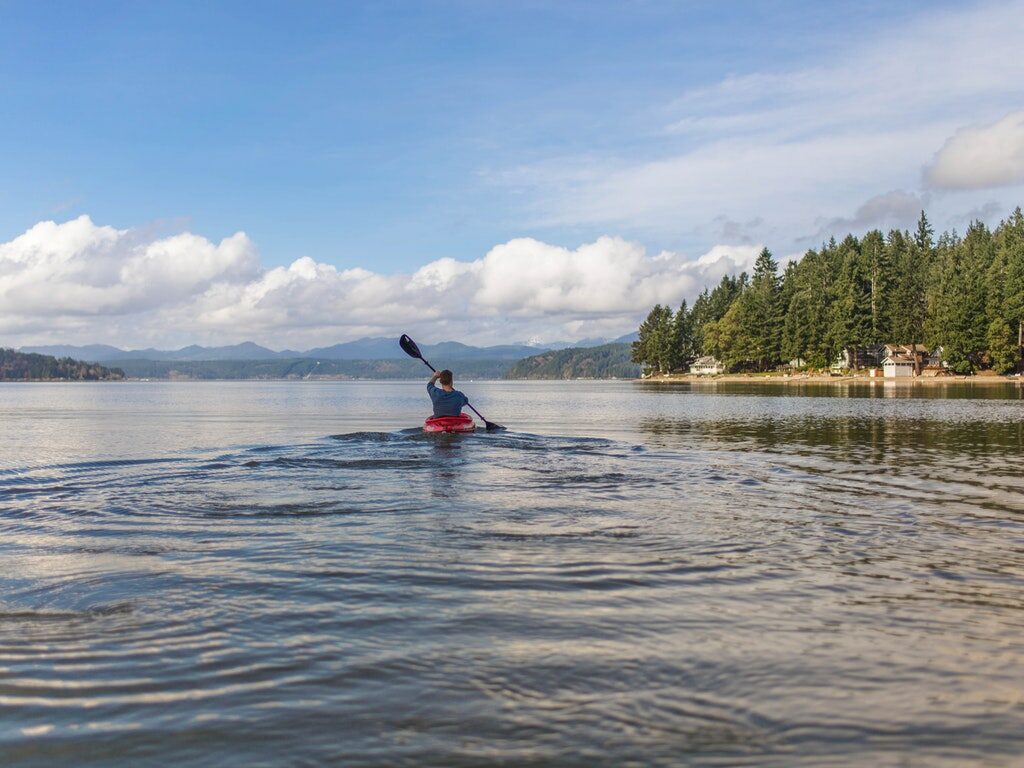
2. Gather Your Gear
The only things you truly need in your kayak are a life vest — which you’ll be wearing — and a paddle. However, as a beginner, you may want to bring some extra clothing, sunglasses, water, snacks and sunscreen.
Rashguards can also come in handy if your life vest is a little snug. If you want to bring a phone or camera, keep them in an inflatable dry bag just in case you tip over or accidentally splash yourself.
3. Practice Getting In
If you don’t mind getting a little wet, the best place to enter your kayak is in shallow water. Straddle the kayak over the seat and sit down quickly, pulling your feet in last to keep your center of gravity low.
Once you have this method down, you can try entering from a dock feet first. Find one with a kayak launch docking system to make the entire process easier and more efficient.

4. Paddle Properly
Learning how to paddle will be a huge help once you’re out on the water. Study a few techniques and practice paddling forward and backward.
Learning how to stop, turn and move side to side can also come in handy if you run into any obstacles during your adventures. Focus on maintaining good posture to paddle more efficiently and put less strain on your body.
5. Start Small
A mile might not seem very far on land but, once your paddling, a mile can seem endless. Depending on your kayak, your paddling abilities, weather conditions and route, kayaking a mile may take 30 minutes or longer.
Therefore, it’s best to start small and choose a short route for your first few trips. Pick waterways with few obstacles or stay near the shoreline. Fine-tune your enter, exit and paddling techniques in shallow water, too, in case you tip.
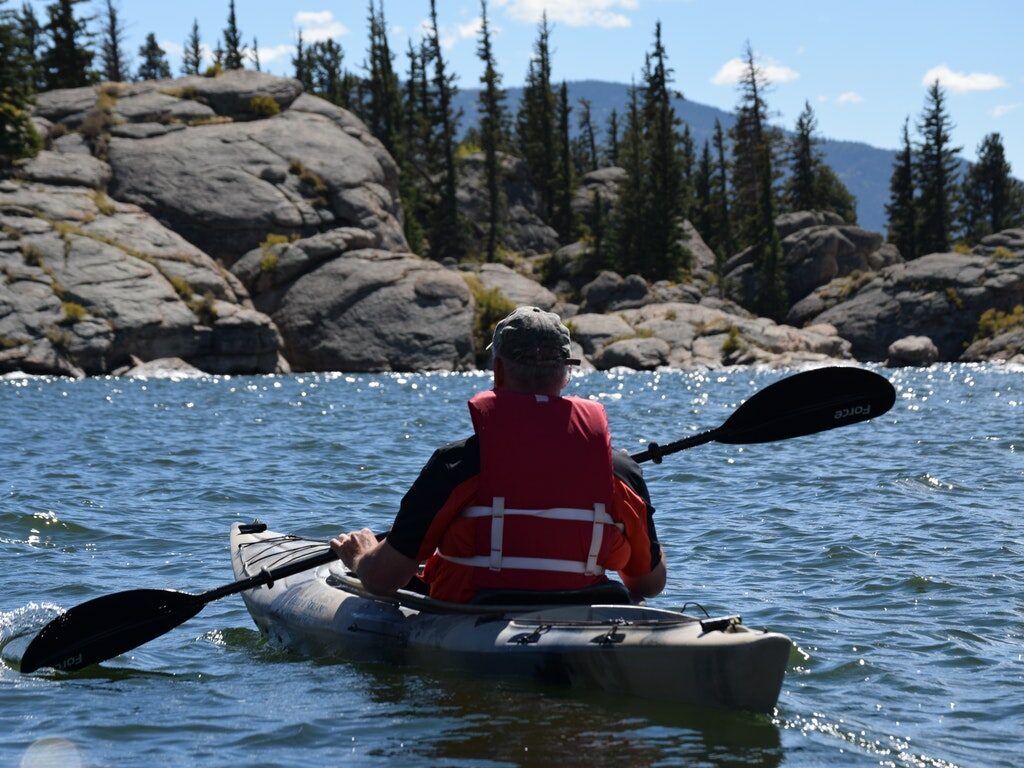
6. Take It Easy
From winds and waves to currents and rain, there are many factors to consider before launching your yak. Take it easy the first few times by choosing good kayaking conditions. Study the weather forecast and projected tide, wind speed and wave height before booking your adventure.
Then, plan to head out in the morning when the water is calmer and paddle against the current during the first half of your trip. When you tire, you can simply turn around and ride the waves back if you please.
7. Ask Lots of Questions
If you’re still unsure about hopping in a yak all by yourself, consider taking a class or going on a tour. There, you’ll build a foundation, learn proper technique and gain confidence on the water.
Ask lots of questions and don’t be afraid to make a few mistakes. As the old saying goes, practice makes perfect — and messing up is simply part of the journey.
Kayak Responsibly
Kayaking offers adventure and new experiences at every turn. During your time on the water, you may get up close and personal with wildlife, enjoy breathtaking views and fall in love with paddling.
Just remember to respect nature during each trip. Yak responsibly by refusing to litter or engage in dangerous activities. As long as you keep yourself and mother nature safe, you’re sure to have a great time.



